S. Aaron Smith, Associate Professor and Extension Crop Marketing Specialist
Beck Bowling, Extension Specialist
Department of Agricultural and Resource Economics
University of Tennessee
Below is a summary of USDA NASS Estimated County Yields for Tennessee. Data is displayed for all available counties as of March 28, 2023. Additional data can be found at:
https://quickstats.nass.usda.gov/
To view this article in PDF form with all attached figures, please click the image above. Continue reading

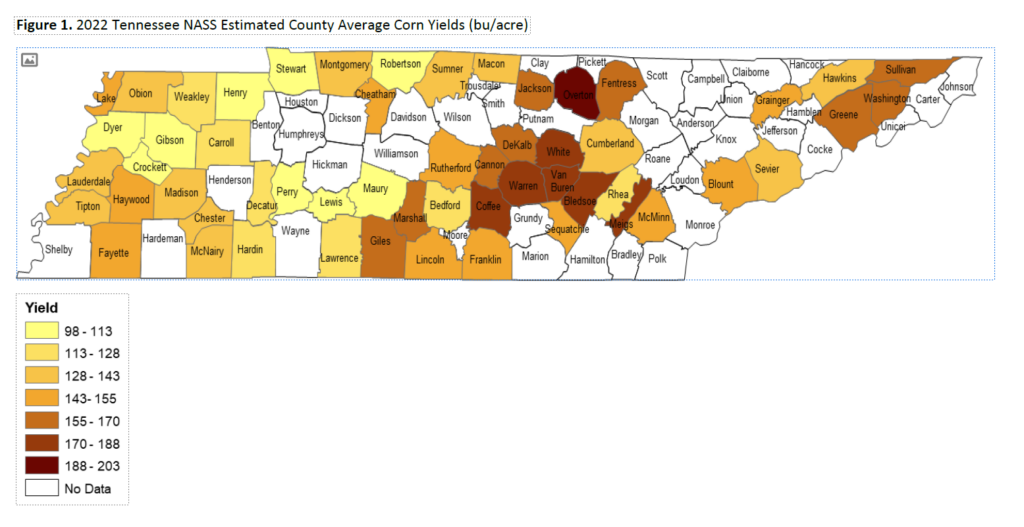
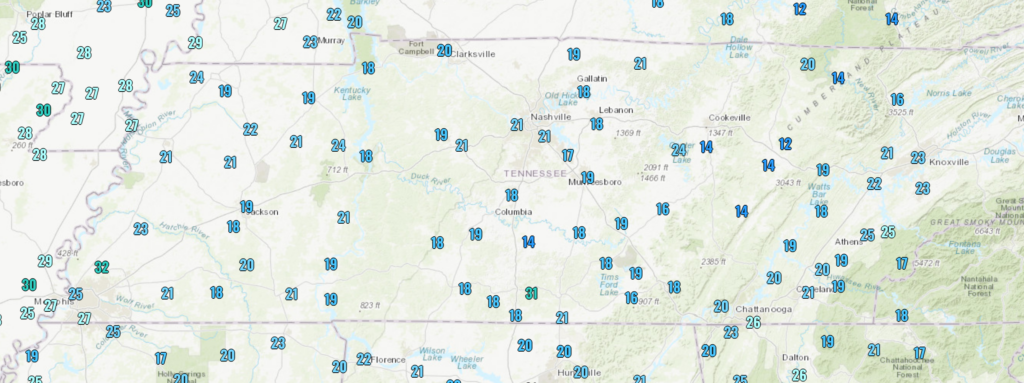
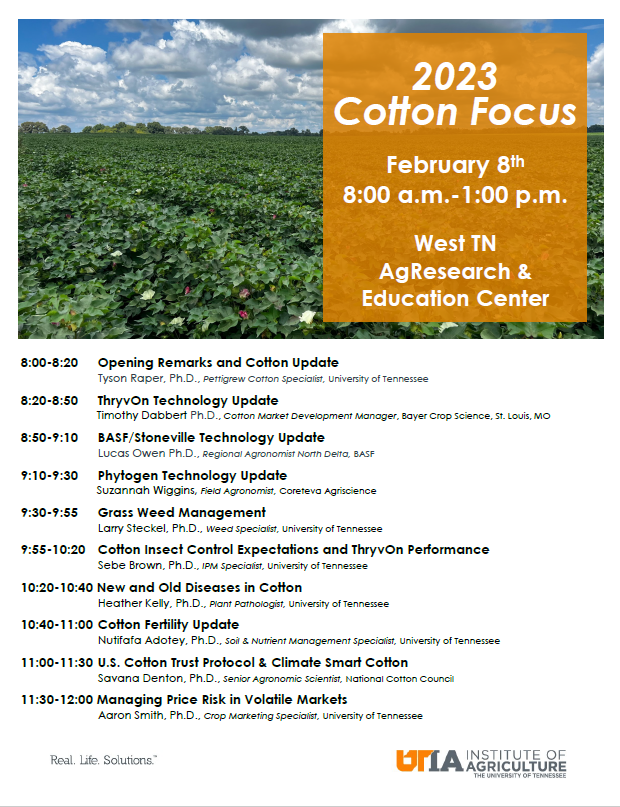
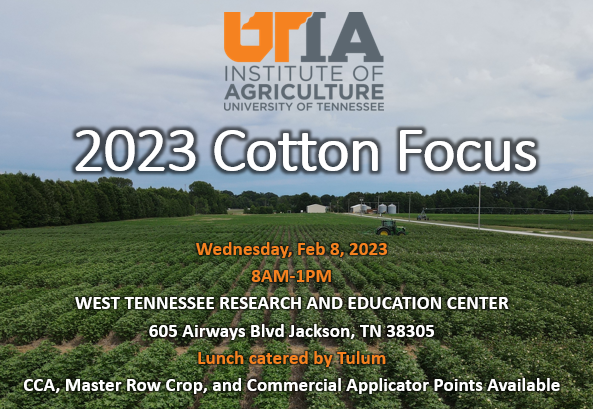
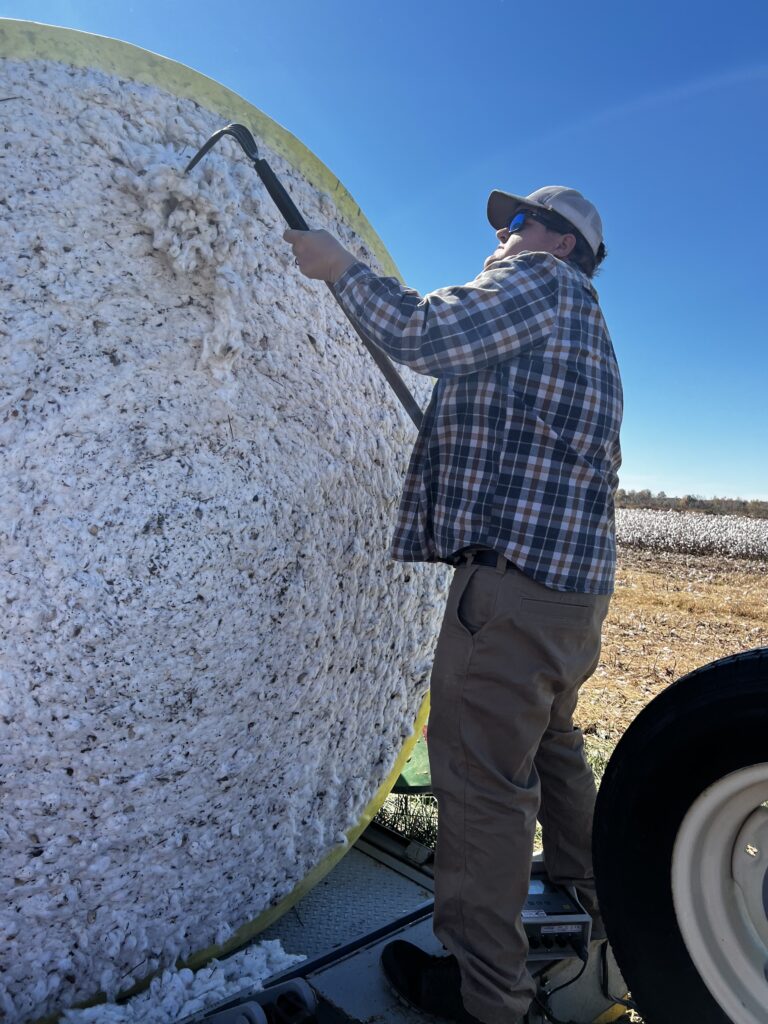 The
The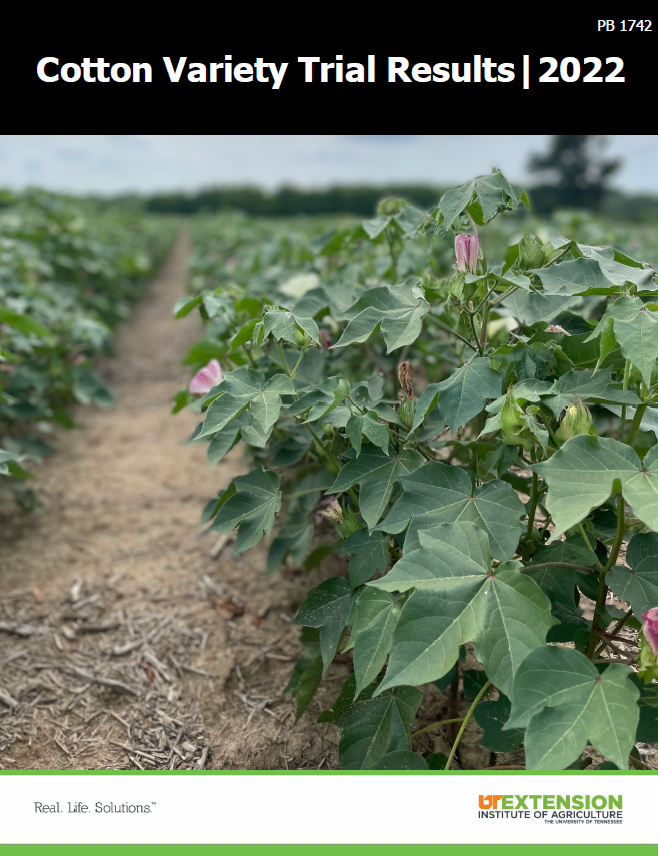
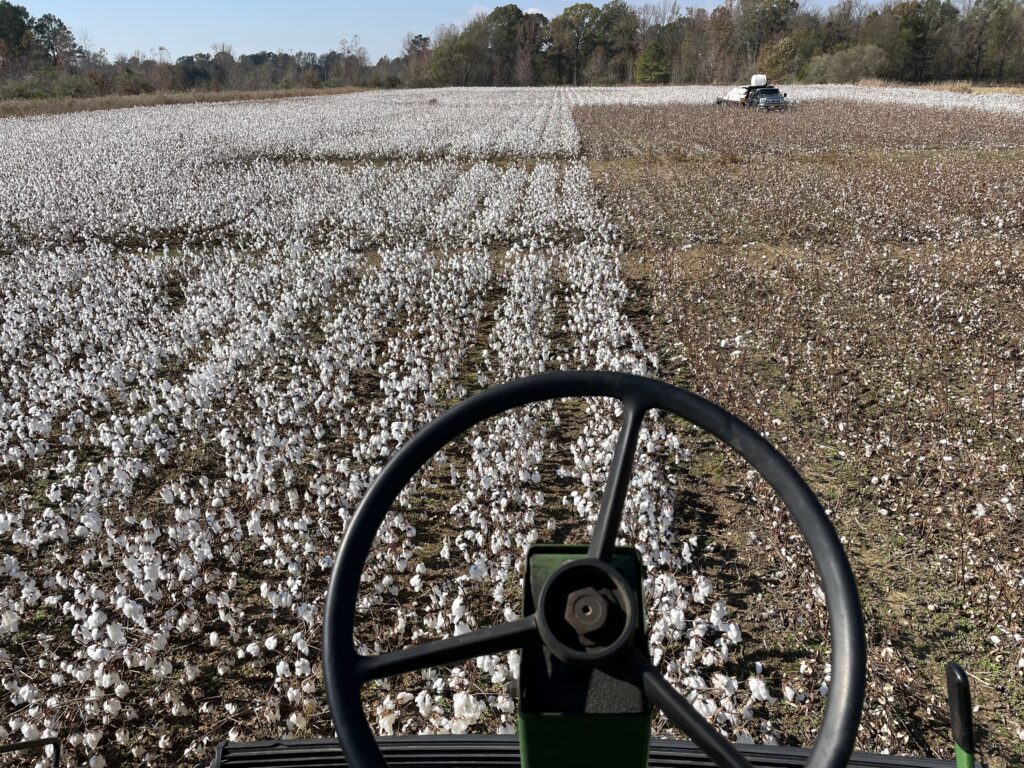 We have finished ginning all collected Official Variety Trial samples and I expect to have the remaining fiber quality data back from the USDA Classing Office in Memphis any minute now. We are on track to have the complete results from both the Official Variety Trials and the County Standard Trials weeks earlier than normal. Still, I wanted to share some of the preliminary results with you now.
We have finished ginning all collected Official Variety Trial samples and I expect to have the remaining fiber quality data back from the USDA Classing Office in Memphis any minute now. We are on track to have the complete results from both the Official Variety Trials and the County Standard Trials weeks earlier than normal. Still, I wanted to share some of the preliminary results with you now. 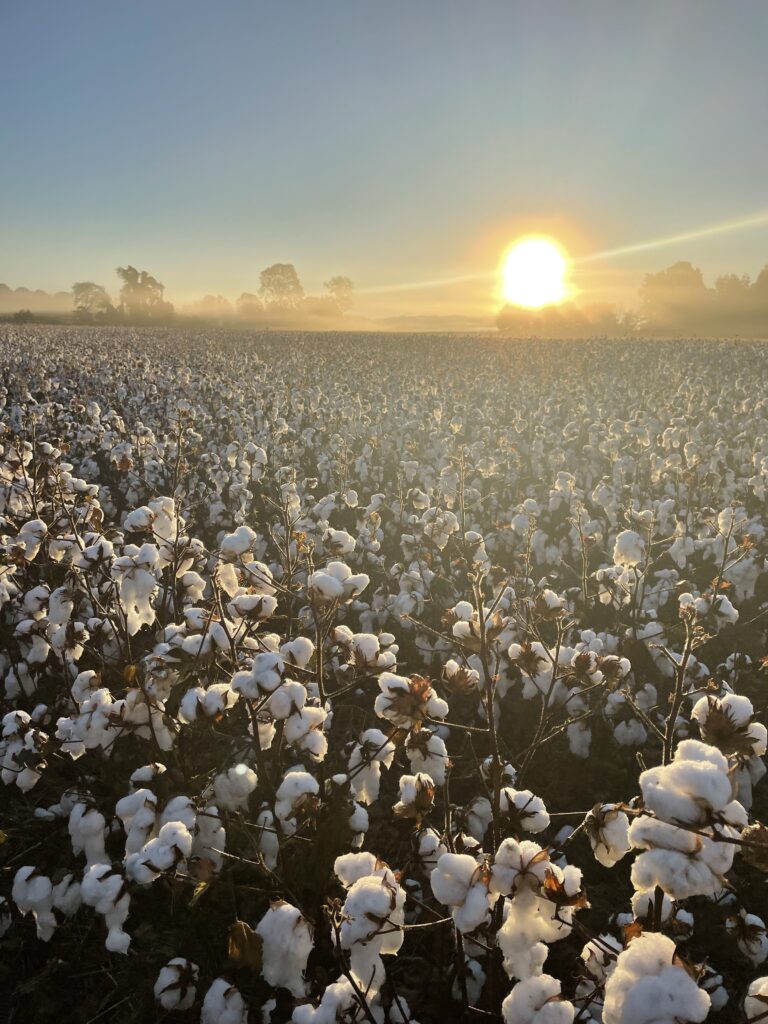 Conversations this week have centered on the forecast lows over the coming weekend, boll maturation at temperatures averaging below 60F, and slow activity of defoliants and boll openers. In this blog, I briefly tackle each of these issues.
Conversations this week have centered on the forecast lows over the coming weekend, boll maturation at temperatures averaging below 60F, and slow activity of defoliants and boll openers. In this blog, I briefly tackle each of these issues. 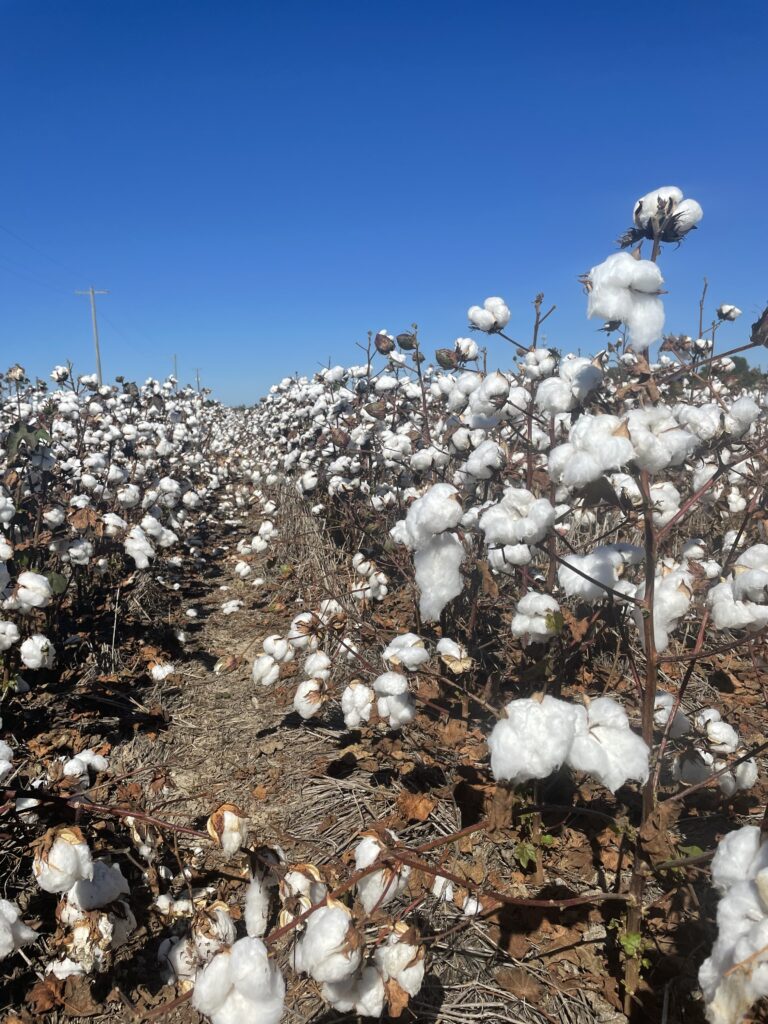 This has been a big week for defoliation. Most of the calls have consisted of one or two questions. First, how long should I wait on acres that are nowhere near ready and second, what is the concoction when the weather is this cool? In this blog, I share a few thoughts on timing and some results from a strip trial we completed in cool conditions during 2020.
This has been a big week for defoliation. Most of the calls have consisted of one or two questions. First, how long should I wait on acres that are nowhere near ready and second, what is the concoction when the weather is this cool? In this blog, I share a few thoughts on timing and some results from a strip trial we completed in cool conditions during 2020.